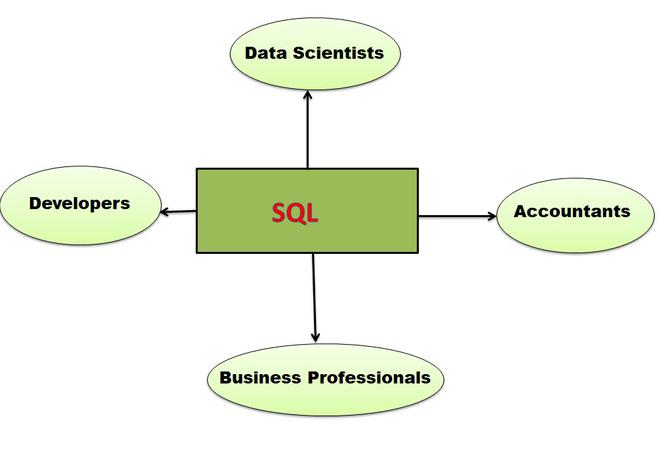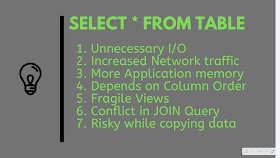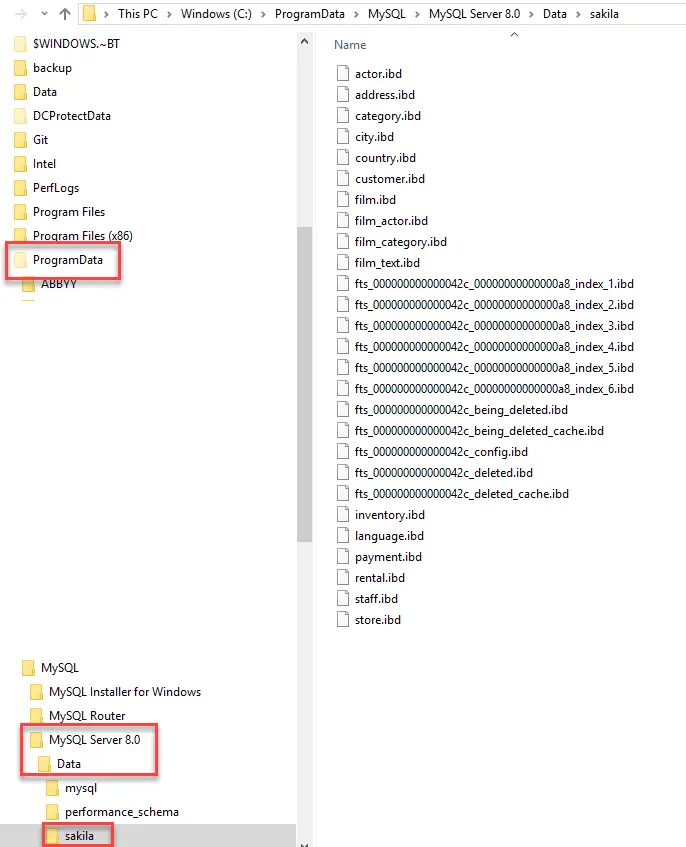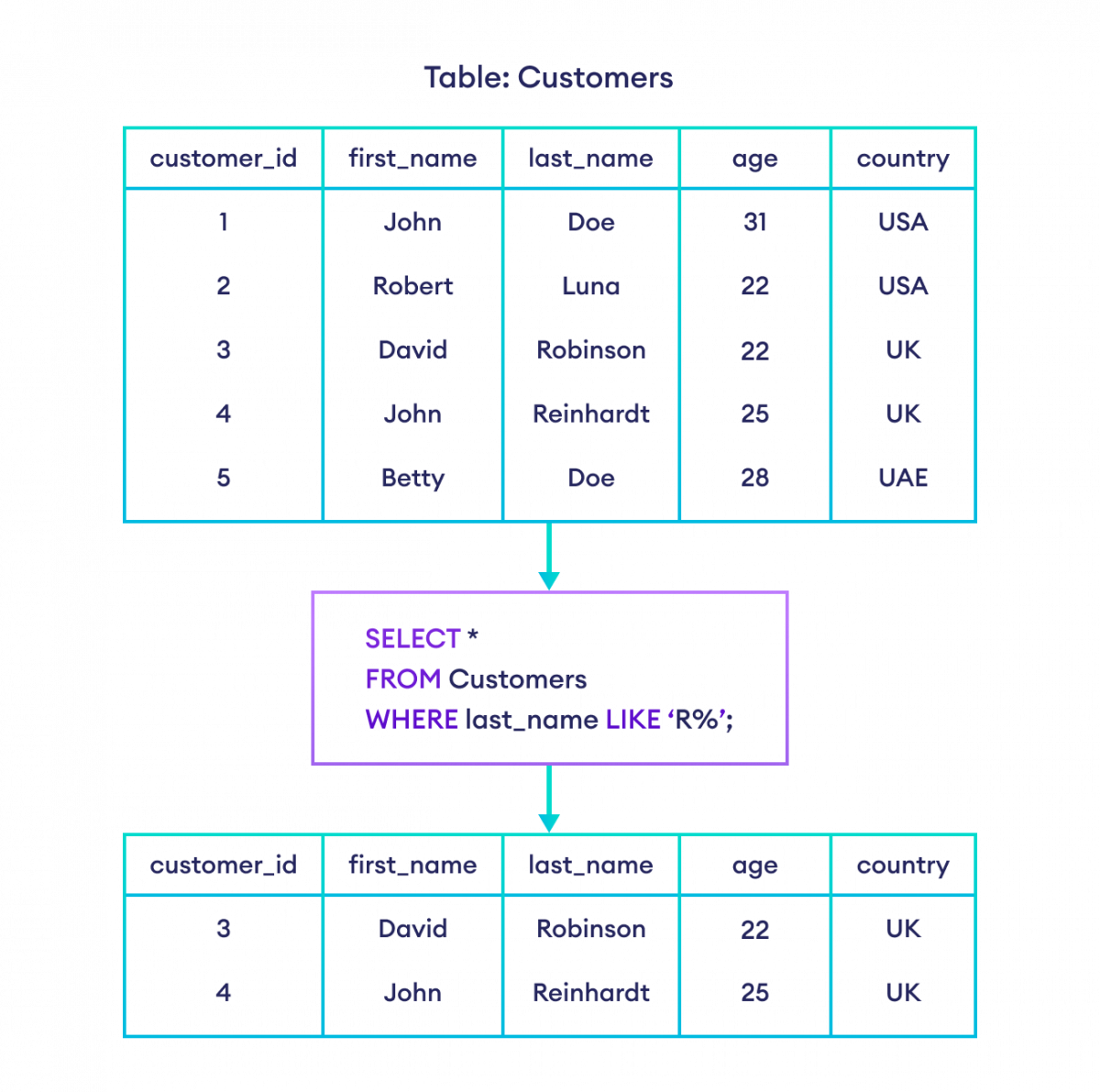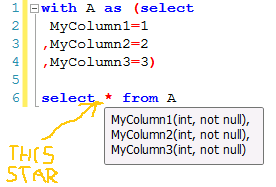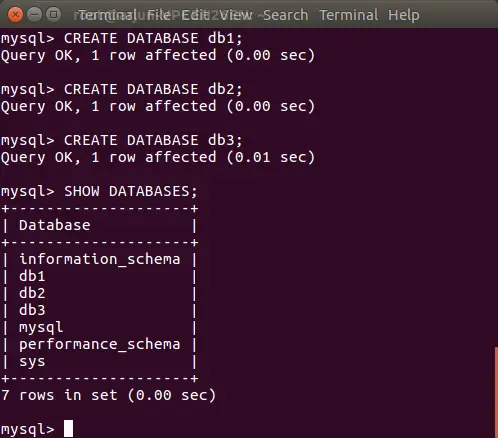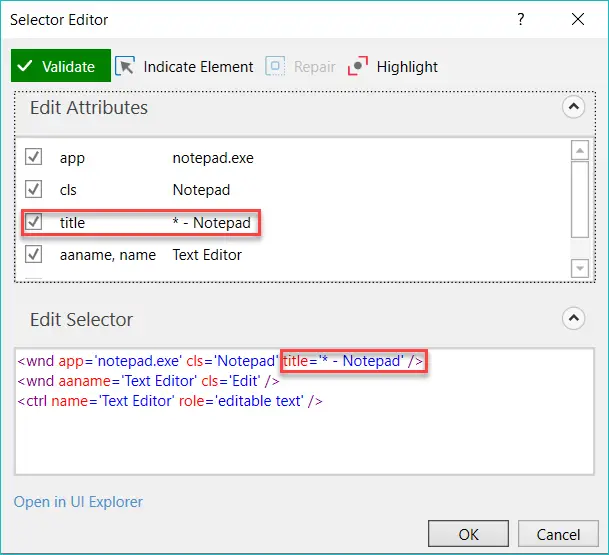Why do we use * in SQL?
The second part of a SQL query is the name of the column you want to retrieve for each record you are getting. You can obviously retrieve multiple columns for each record, and (only if you want to retrieve all the columns) you can replace the list of them with * , which means “all columns”. Should you use * …

